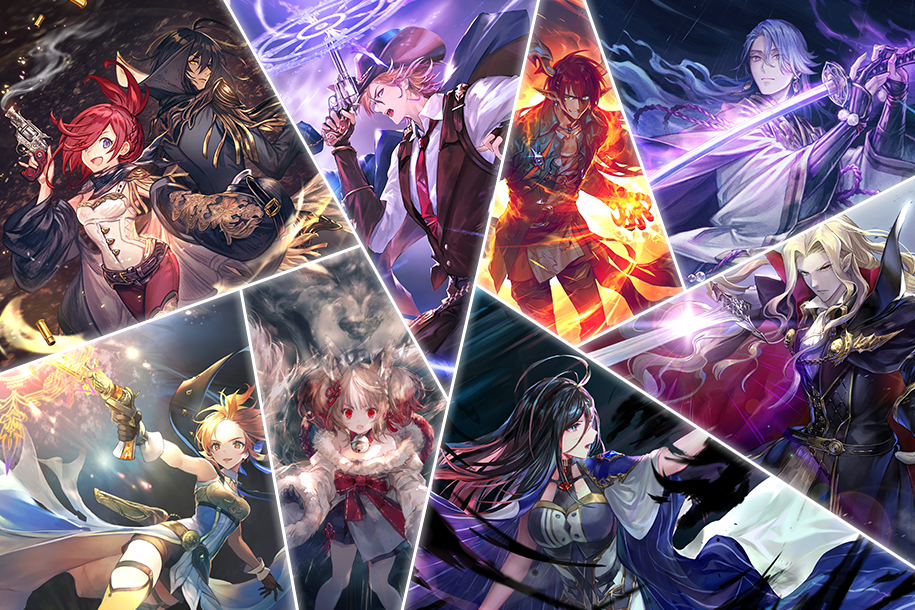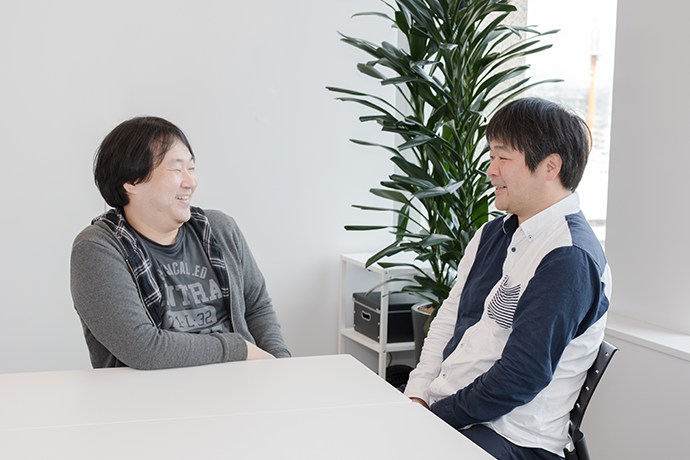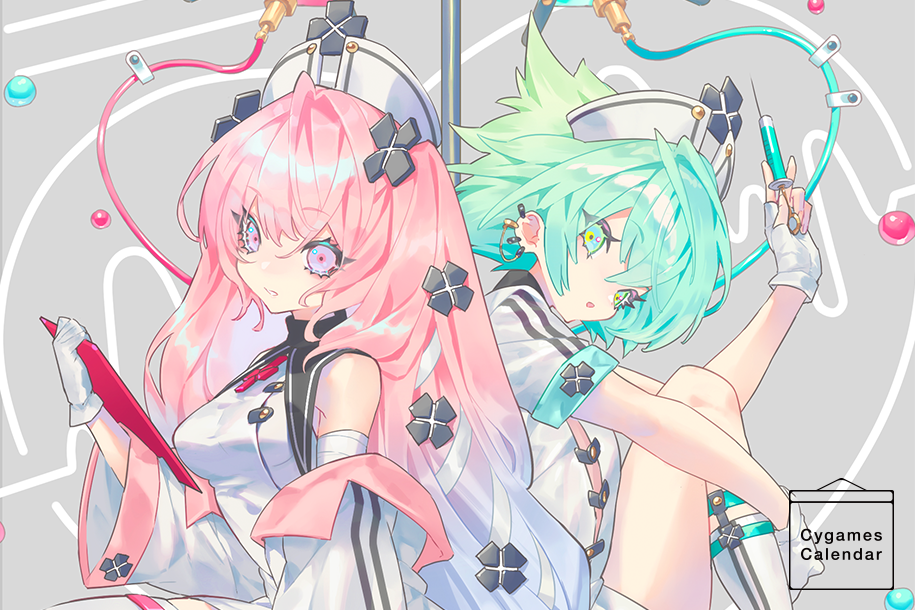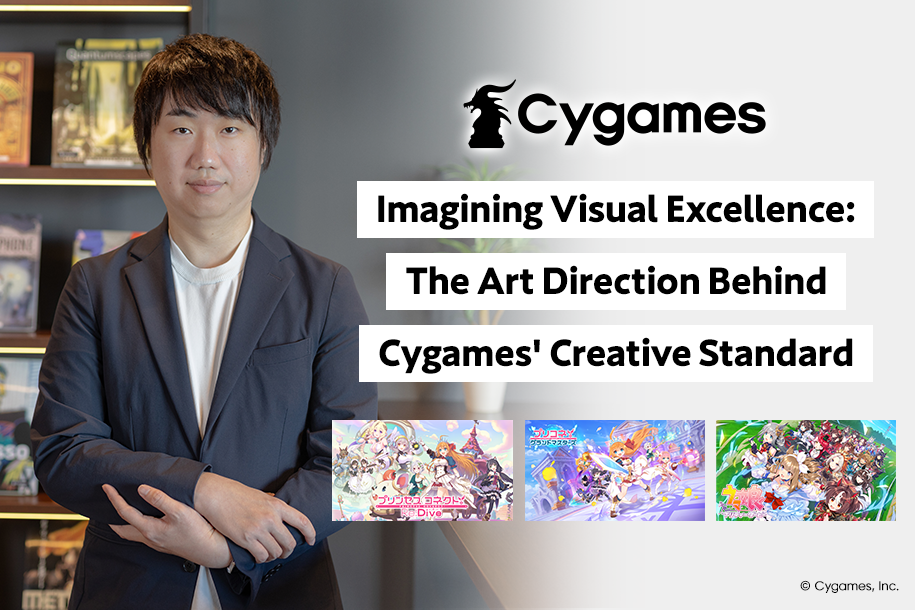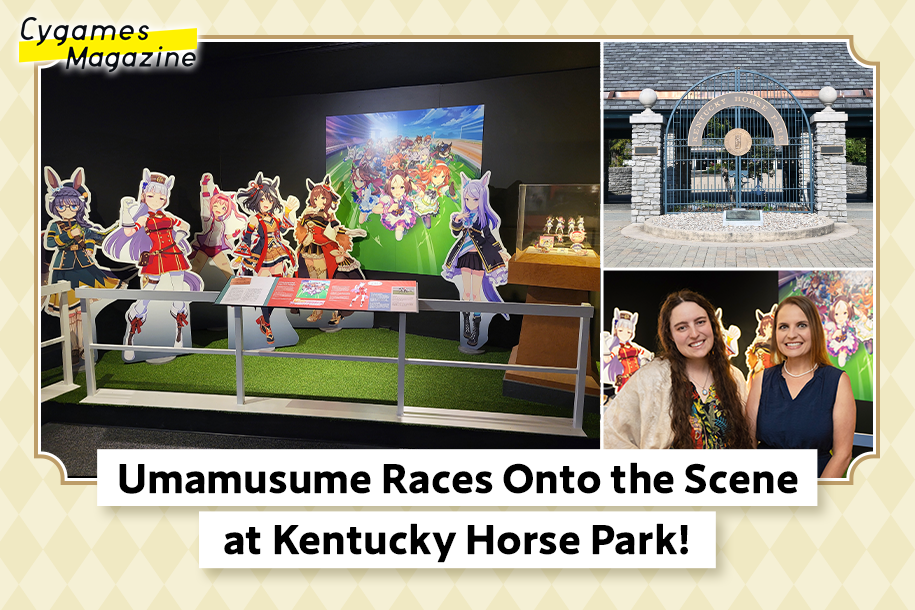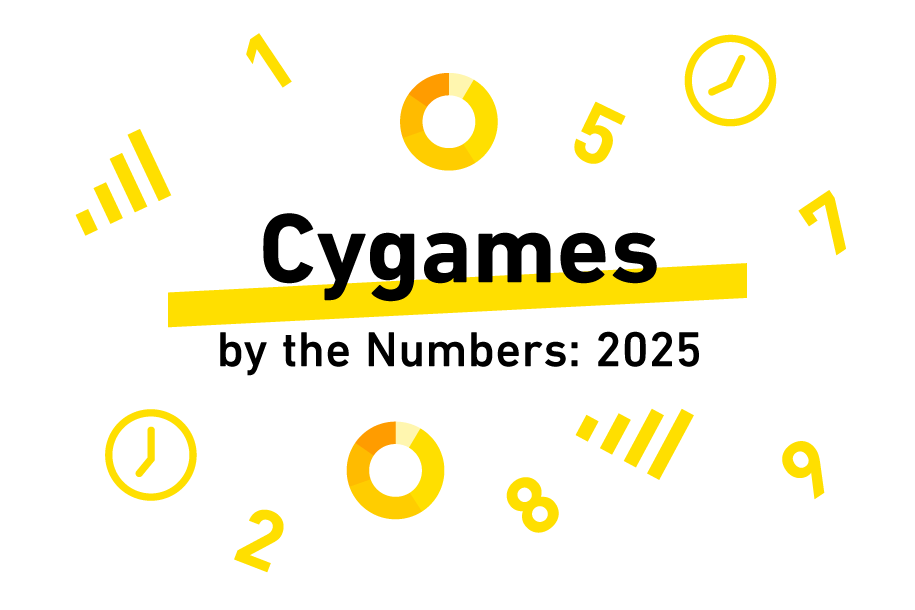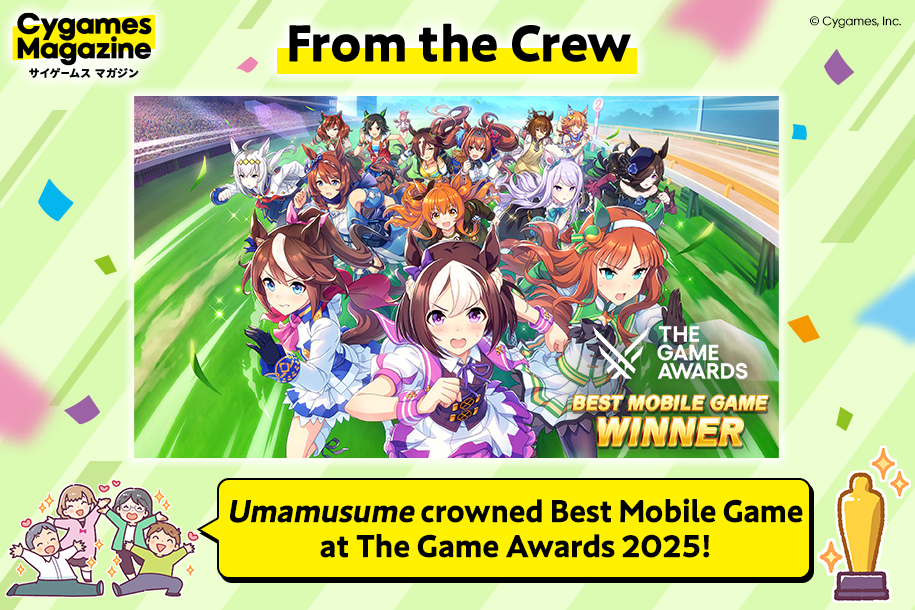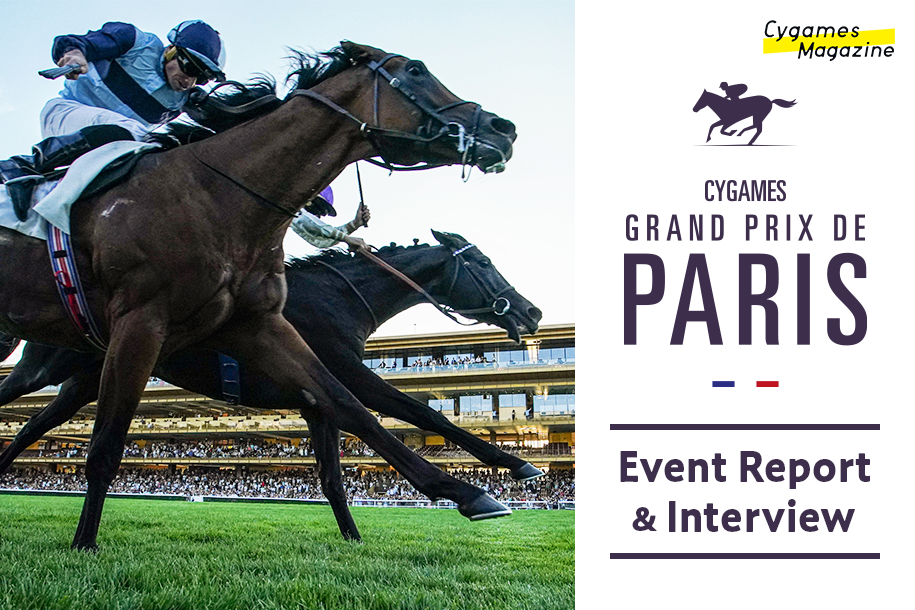The reason Princess Connect R has such incredible audio & the high audio production quality that Cygames seeks to achieve. (Part 1)
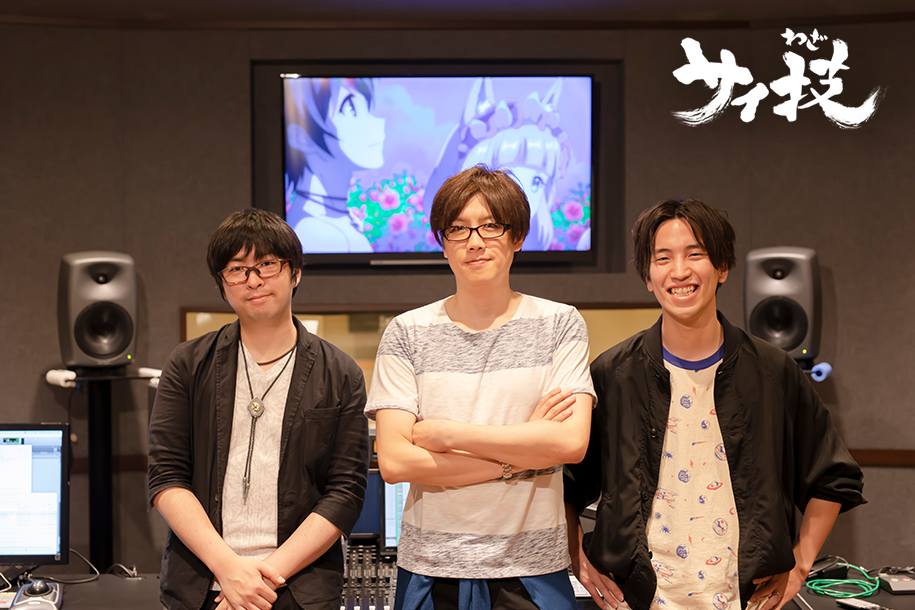
This will be an ongoing feature called “CySkills.” Here we’ll introduce the skills at work at Cygames, including technological undertakings and the spirit of craftsmanship that allows us to bring you the very best content!
This exciting first edition is all about Princess Connect! Re: Dive (hereafter “Princess Connect R”)! We talked with the audio production team about their work, which we’ll share with you in two parts over two weeks!
First, though, a question! Are you enjoying the sound of your smartphone games to their fullest extent?
If you’re playing on your way to work, school, or late at night, you may not be able to listen to them at a high volume.
If that’s the case, it’s a real shame! So try hooking up your smartphone to high-quality headphones or speakers and play a Cygames game! What harm can it do? Give it a try! You’re sure to be surprised by the magnificent audio.
The audio for Princess Connect R completely exceeds the bounds of a normal smartphone game. How exactly did it come about? Read to the end and find out!
- Sound Department Producer Akihiro
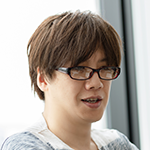
- After working on audio development for global projects in major game companies, Akihiro joined Cygames in 2015. He is also a composer for Princess Connect! Re: Dive.
- Sound Department Sub Manager Ryuta
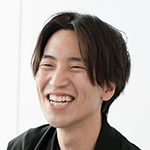
- Ryuta joined Cygames in 2014. Since then he has worked on such titles as Shadowverse and Princess Connect! Re: Dive, producing sound effects and handling promotion. He is also involved in management.
- Sound Department Sound Mixer and Audio Director Nobuto
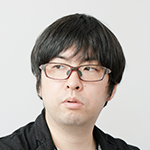
- Nobuto participated as a sound mixer for numerous animation titles at a sound production studio before joining Cygames in 2018. He is also involved in other projects as an audio director.
The incredible sound created by just two people?! The process of creating audio for Princess Connect R
Today we are going to be talking to the team responsible for the audio in Princess Connect R. First, if each of you could share a brief explanation of what it is exactly that you do.
Akihiro: I’m involved overall in bringing together the audio for Princess Connect R. My job includes sound production, such as selecting the creators we will use from both inside and outside the company and managing the budget. I also handle sound direction, determining the direction the audio will take and checking the quality of the produced audio.
Ryuta: I’m more involved with the programming side of things, not only creating the sound effects for Princess Connect R but also the audio system and managing the balance between file size and sound quality. I also handle a variety of jobs required to make sure sound elements such as music, sound effects, and voices all play back correctly during the game. Outside of games, I also handle things like TV adverts.
Nobuto: I’m responsible for the multi-audio (MA) in the animated segments. MA involves collating and processing each sound element, such as the music, sound effects, and voices, so that they are all balanced. This is also called dubbing in the anime industry.
Getting down to business, how exactly is the audio for a Cygames title created?
Akihiro: There are no set, unified rules, and the process can differ considerably depending on the project (game title). Whether the audio is created in-house or outsourced also depends on the direction taken by the project.
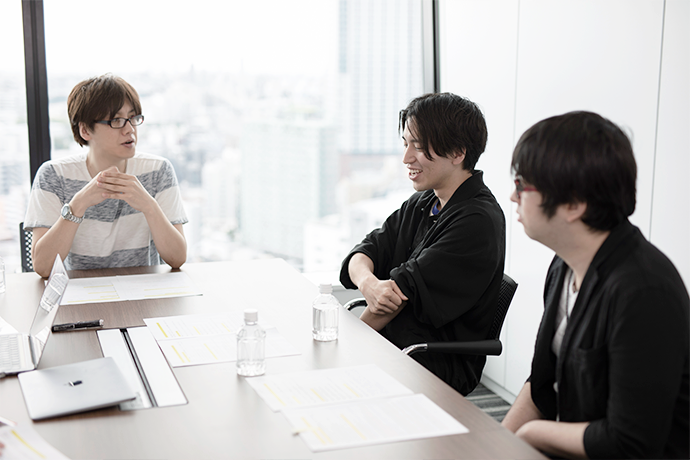
Ryuta: In regard to the processes relating to a specific game, they can be roughly divided into four tasks: music production, sound effect production, voice-related tasks, and incorporation of assets (materials data) into the game. In addition to these, we are also involved in things like promotion outside of games, producing the sound of offline events, producing official soundtracks, and the production of audio for TV anime.
In regard to Princess Connect R, at what stage was the sound team assembled?
Akihiro: When the project kicked off I was the only member of the team. Maybe that’s to be expected, though. As the game itself was still undergoing a lot of trial and error, it makes sense that the sound direction was also not decided on yet.
In the beginning, I performed the tasks of applying background music and sound effects to a basic mock-up of the game.
Ryuta: I joined the team to produce the sound effects once Princess Connect R had really started to take shape. In fact, the other staff were added pretty late in the process, and even as the game’s release closed in, it was just me and Akihiro working on it.
Akihiro: We’d already put music and sound effects to the entire adventure part (conversation scenes), which were thought to be over forty hours long on game release. When I think about it now, I can’t believe we did that!
As the release drew closer, we added a sound designer for the adventure parts, someone to adjust the sound effects prior to their inclusion, along with debuggers and other staff. It finally began to look like a fully-fledged team.
Nobuto: I joined right after release too. We have fourteen people in specific or dual roles within the company working on it at the moment, and have also outsourced some work to external composers, so we have quite a lot of staff members.
Aiming to create the greatest smartphone game audio in Japan:
Recording various instruments from live sources!
The audio for Princess Connect R is pretty incredible, with a large number of tracks and full voice recordings from a big cast of voice actors.
Akihiro: That’s right. We’ve created a varied selection of background music to play throughout the game, and also created different tracks for different aspects of the story, such as main, character, and guild. There are also character-specific songs sung by voice actors. We aimed to please our users with the highest quality in the industry, and this is basically how things turned out.
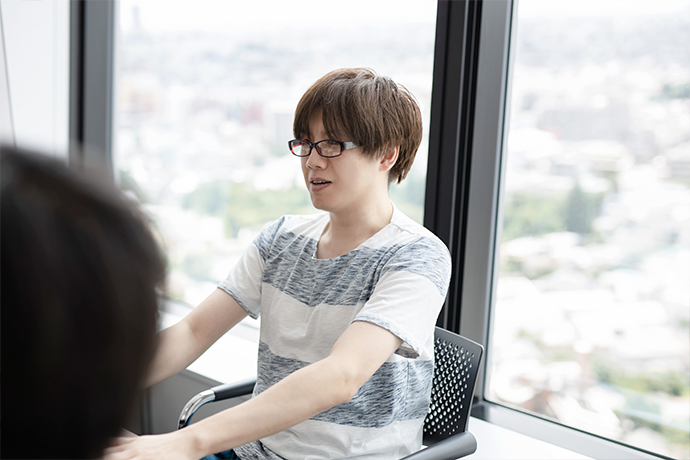
Ryuta: It’s been about a year and a half since the game released, and we have close to 250 tracks in the game now. With new events each month we are continuing to add seven or eight tracks per month.
Akihiro: In addition to the creation of normal background music, we are also using a process called film scoring for some of the anime parts. This is a pretty extravagant approach, mainly used in filmmaking overseas. Once the images for the animated segments are completed, the music is created to match the atmosphere and length of the scene.
Nobuto: In terms of both quality and number of tracks, I think this title really breaks the mold for a smartphone game.
You’ve also been very particular about recording instruments for Princess Connect R too, haven’t you?
Akihiro: Yes. For pretty much all the background music we’ve recorded a full orchestra, drums, bass, and guitar. That decision was made when we settled on the initial direction to take with the project. Available options are to use live sound sources, computer-created sounds, or a mixture of the two. There’s no correct answer. It depends on the flavor and direction taken by the game, and the required time and cost also influences the decision.
Ryuta: Even when using live sources, another option is to only record a selection of the instruments used. But with Princess Connect R we chose the extravagant method of recording live sources for almost every instrument.
Akihiro: We’re recording new tracks every month. Depending on the season we’re also bringing in all sorts of different instruments, including the koto, shamisen, shakuhachi, steel guitar, theremin, sanshin, and shinobue. It’s a lot of hard work, but I think that’s also what lets us achieve the high-quality sound. As a result, our users are very pleased with the game, and other people in audio positions within the game industry often say they’re jealous of the production environment at Cygames.
Starting from the main theme song, “Lost Princess”: Direction and quality line for the audio.
When was the sound direction for Princess Connect R decided?
Akihiro: When the composer Kohei Tanaka created the theme song. We hired Tanaka at the request of producer (Yuito) Kimura, and the instant I listened to Tanaka’s “Lost Princess” I knew that was the direction to take with the audio for Princess Connect R.
Ryuta: The theme song is positive and cheerful, the exact worldview of Princess Connect R. Basing everything around this track, we worked to create a consistent sound so that every track from every part would have that Princess Connect R feeling. Once the direction and central theme are determined it’s easier to create tracks that are more fitting for the game, which also makes it easier to increase overall quality.
Akihiro: We’re also able to bring some breadth to the music. To start with we produced other tracks to sound similar to the main theme, but now we’re going the other way and purposefully keeping away from it a little.
Nobuto: We’re adding new tracks to keep up with the new content added each month, and it feels like the quality of each track only continues to increase.
Involved from the programming stage: Creating an efficient workflow for sound effect production.
I hear you’ve taken certain steps to create an efficient workflow for the production of sound effects. Can you share some of the details about that?
Ryuta: We created a workflow in which the sound effects are systematically incorporated. I think in most cases the production of sound effects involves the development side handing over a list of required sound effects, and the audio team creating them. But depending on the game title a different workflow may be more efficient.

For example, when adding sound effects to a character’s union bursts (special attacks in Princess Connect R), there are all sorts of different situations, such as adding sound to the character’s attack motion itself, adding sound to missiles such as fireballs, and the sound of things like auras that cover the entire screen.
We wanted to avoid having to check these with the planner each time, and then request them from the engineer, and go through the whole process. For updating social games, it’s extremely important to optimize the process while maintaining quality. We wanted to reduce the time required for checking work between the audio and development sides, creating more time to increase the quality of the audio overall.
In order to achieve this, we linked motion and effect information with the names of sound data, allowing the sound designers to freely apply sounds to motions and effects.
So you’re involved with creating the overall system before you even started to create the sounds. Was that in collaboration with the engineers?
Ryuta: That’s right. Very early in the development we talked to the engineers and proposed linking each motion with a sound. Taking the time to create that first made things a lot easier later on.
Akihiro: Creating that system was itself a pretty major task. At the time we didn’t have an engineer who specialized just in audio.
Ryuta: That’s right. I found an engineer with a high awareness of audio, someone who would likely understand what I wanted, and after getting to know them a little I discussed it and got the system made. Creating this kind of relationship also created changes in the awareness of the development side, allowing things to proceed more smoothly than before.
Completed with skill and finesse: Audio for the animated segments.
One major characteristic of Princess Connect R is its lavish use of anime. Does the audio creation differ between game segments and animated segments?
Nobuto: The process of preparing each element, such as background music, sound effects, and voices, is the same for both the game and animated segments. However, in the game segments each sound element is triggered by the user, while the animated segments are self-contained; sounds are unified with the visuals, so the user simply watches a finished product. That means the approach to audio creation is also different.
Ryuta: The animated segments for Princess Connect R are created using sound mixing and MA, just like in TV anime. Nobuto is the one who handles that MA.
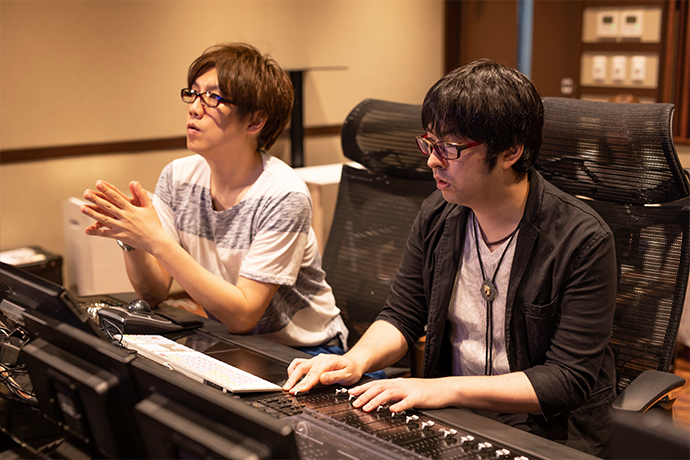
Nobuto: During MA I work with the background music selected and edited by the composer to match the footage, the sound effects attached to the characters’ movements and other onscreen action by the sound designer, and the recorded character voices. I adjust the timing of each element to match the footage, conduct processes such as noise reduction, and work to find a volume balance that suits the overall scene.
Akihiro: Having Nobuto join us as a dedicated MA engineer has been a massive help. MA really does require the touch of a craftsman.
Heightening user immersion: What the audio team brings to the table.
The game system and UI for Princess Connect R place a real focus on being easy to play and achieving user immersion, don’t they. Can you tell us what you paid attention to when it came to the audio?
Ryuta: All sorts of things. But one example is the sound effects when battles are fast-forwarded. You can fast-forward battles in Princess Connect R by a maximum of four times normal speed, but if the sounds themselves are also simply sped up the same amount then they become more high-pitched and difficult to hear.
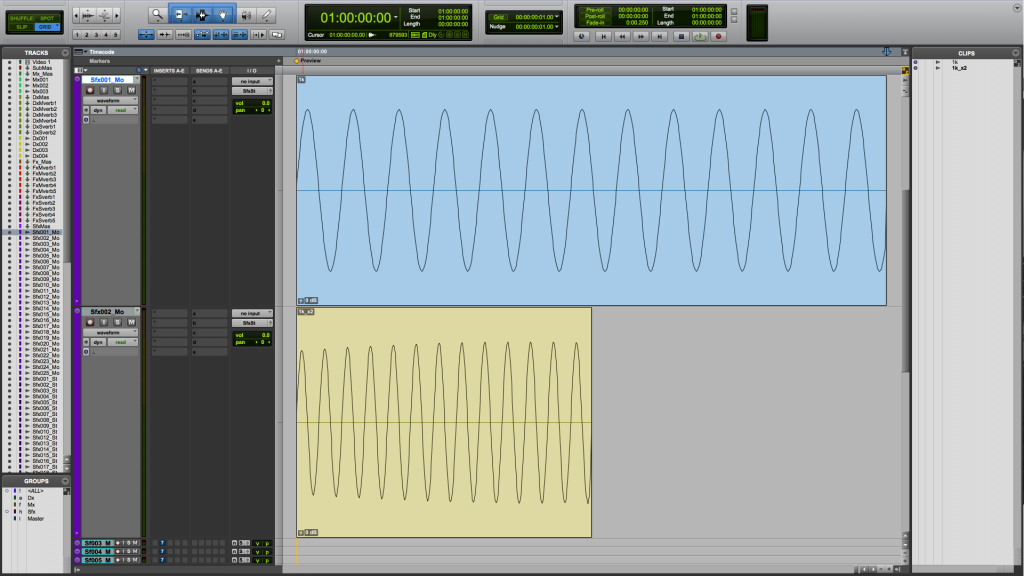
In order to resolve this, a playback method was adopted of not changing the length of each individual sound but rather shortening the gaps between them. Various other techniques were also used to control the weight and length of the sounds so as to prevent anything from feeling out of place. While there are inevitable issues at four times normal speed, it doesn’t completely break immersion.
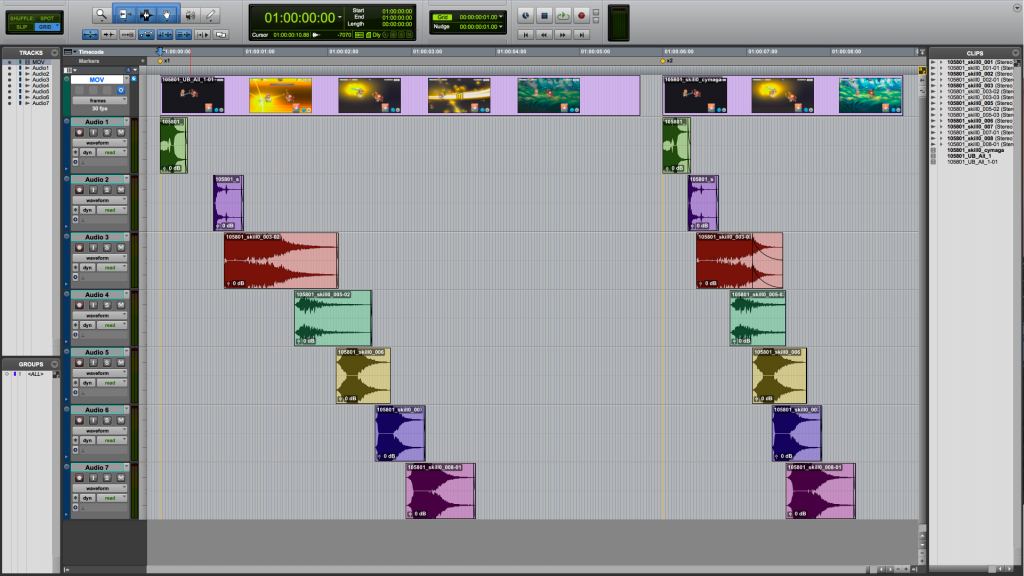
This approach needs to be handled at the level of the software (middleware) that controls the audio. The middleware version at that time didn’t support this, so we talked to the middleware manufacturer and had this function added.
Nobuto: Another aspect is volume control. In Princess Connect R, the background music, sound effects, and voice volume can all be individually controlled. This setting applies to both the game and animated segments.
As a player myself I never noticed that! Was this technologically difficult to achieve?
Ryuta: For the game segments, the background music, sound effects, and voices are all separate files, so it’s easy to set up a way to adjust the volume for them individually. For the anime, however, the images and sound are combined together into a single video file, so it’s difficult to do things like have background music remain at the same level while lowering just sound effects.
We achieved this by using voice channel for multi-language support. We split up the background music, sound effects, and voices between the channels into which the foreign languages would normally go, and that allowed each to be played back at different volumes.
That’s quite the hack! You really do go the extra mile, don’t you?
Akihiro: We think of everything we can to bring our users an absolutely optimal game experience. We’re not sitting around on our laurels, either. There’s still room for improvement in the audio of Princess Connect R, so we’re going to continue to pursue even better content to bring further enjoyment to our users!
In the second part of this feature, we’ll take a look behind the scenes at the newly graduated staff members who work in background music production.



